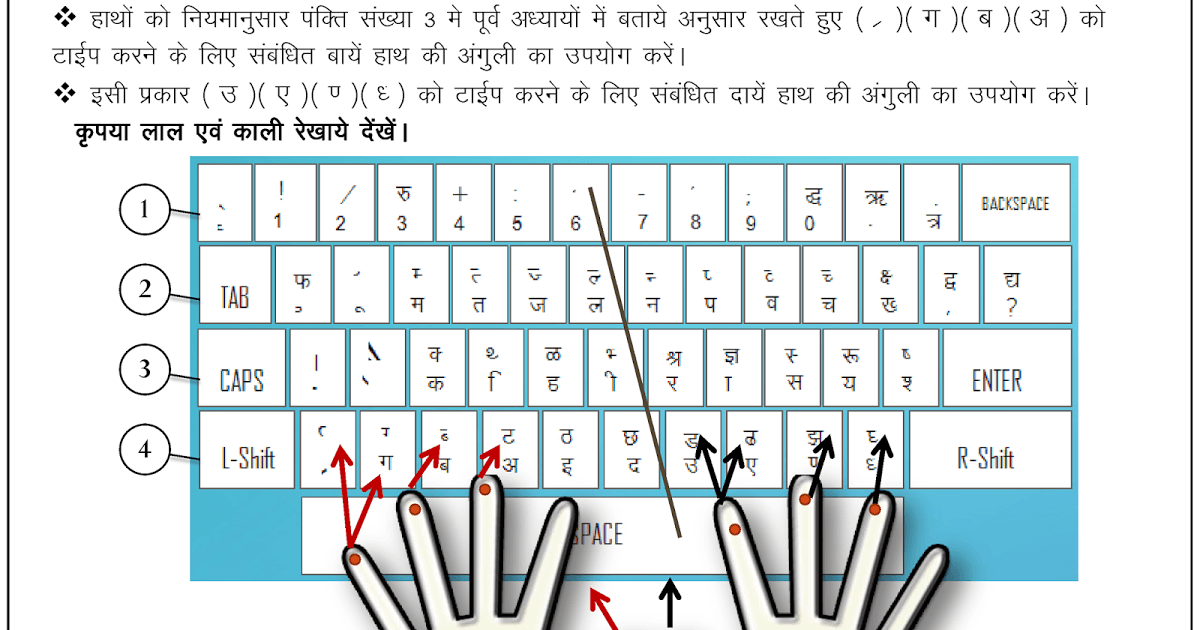

Some programs, such as Touch-type Read and Spell, use a multi-sensory technique to reinforce what you learn. They show you where to position your hands on the keyboard and walk you through the right keys to hit with each finger. There are courses designed specifically to teach you typing. An online typing course can teach basic finger positioning Typing quickly and accurately with correct finger placement involves building up some muscle memory in your hands, so they feel comfortable reaching for keys in sequence and the movements become automatic.
#BASIC TYPING TEST WITH FINGER POSITION HOW TO#
But becoming a pro at typing requires more than just knowing which finger sits on which key.įirst you will need to learn how to reach the keys with the correct fingers and then you’ll have to practice, practice and practice some more. Only speed up when your fingers hit the right keys out of habit and it will progress with practice.If you are considering learning how to touch-type, then you’re probably aware there is a certain base position in which to rest your fingers so they can reach all of the keys on the keyboard. Take your time when you are learning to touch type.Pay greater attention to the ring and pinky fingers when training, as they are considerably underdeveloped and undertrained.Typing in a rhythm will aid you when touch typing, like you are playing a piano.This will not only improve speed it will also reduce stress on the hands. Limit your hand and finger movement only to what is necessary to press a specific key by keeping your hands and fingers close to the base position.Just slide your fingers around until they find the elevated ‘tabs’ on the F and J keys and re-position your fingers into the home row position. Do not give in and look at the keys if you get stuck.

To train yourself to touch type, you should always use the right fingers for the right keys, and return them to the home position when you have finished. As you can see, your index, middle and ring fingers move either up or down from their home position, your thumb covers the space bar, and your pinky fingers cover the rest (both the green and dark blue keys).

Sit straight with your back straight, feet firmly touching the ground and with both elbows bent at the right angle.Getting started with touch typing Sitting posture to type The fundamental idea is that each finger is given its own section of the keyboard and your fingers learn the location of the keyboard through practicing regularly and gaining muscle memory to eventually build up speed whilst typing. Touch typing is typing without looking at the keyboard. This resource will explain touch typing, and detail how to begin training yourself to touch type.


 0 kommentar(er)
0 kommentar(er)
